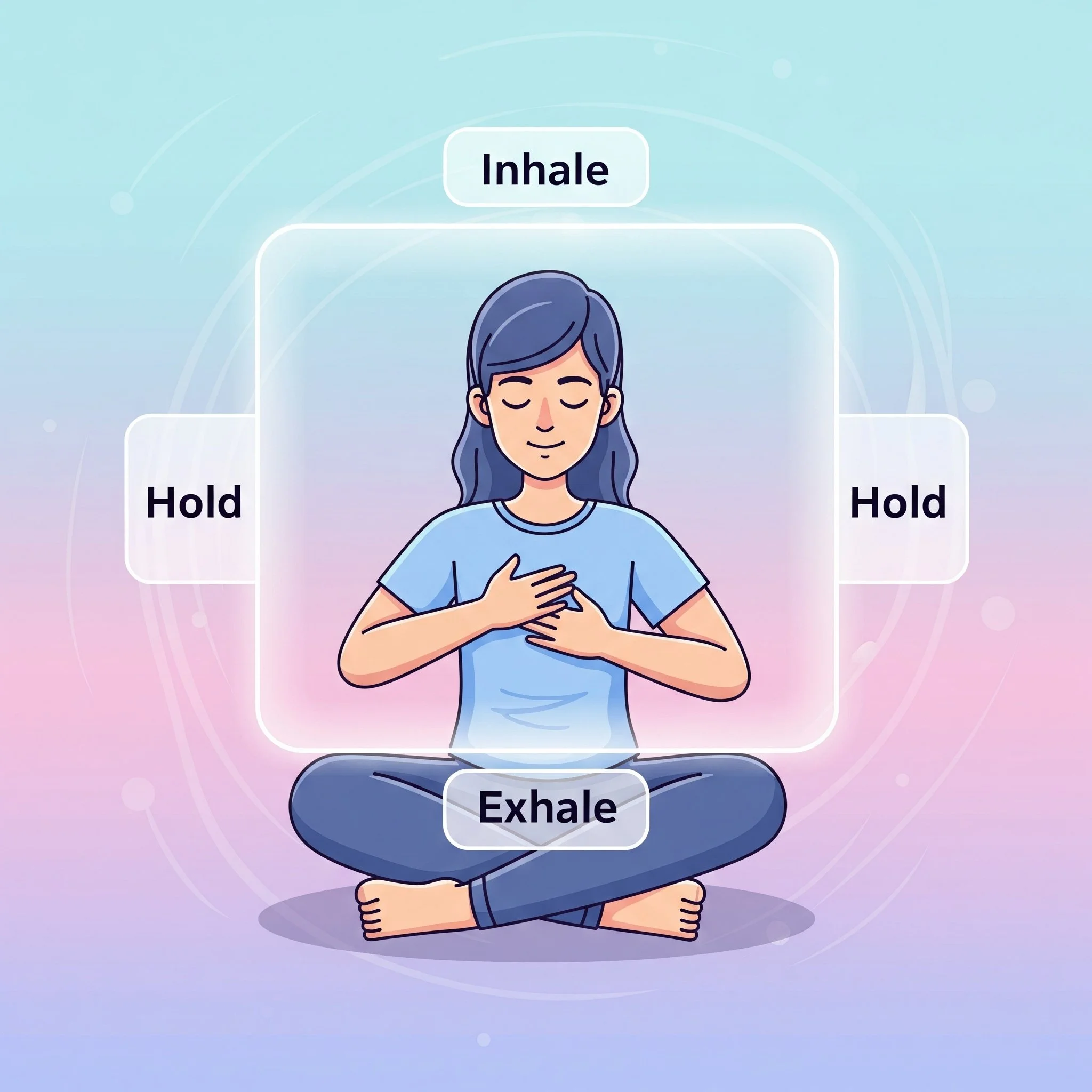Experiencing the Feeling of Anxious
Feeling uneasy or nervous in general or afraid or concerned about an upcoming event.
Do I feel the need to constantly scan my surroundings for potential danger?
Am I physically tense, like my body is preparing for something bad?
Do I feel like I can’t relax, even in familiar or safe environments?
Is this anxiety connected to a specific event—or is it just showing up on its own?
Anxiety is often grouped with stress or fear, but it has its own unique shape and rhythm. It can appear as a quiet undercurrent, a lingering sense that something might go wrong even when everything seems calm on the surface. It often shows up in the body first, with sensations like a heavy chest, unease, or sudden waves of panic. Sometimes it is tied to a specific situation. Other times, it arrives without warning, as if the nervous system remembers something the mind has not yet realized.
One powerful idea from the conversation is that anxiety can be both a temporary feeling and a long-term condition. This distinction brings clarity to how anxiety appears in different contexts. When it is situational, there is usually a clear trigger such as concern for someone or anticipation of an event. When it becomes more chronic, it can surface even during quiet moments and influence thoughts and behavior in subtle ways. Understanding this difference allows space for more awareness and care.
The image of bracing for impact offers a helpful way to understand the physical nature of anxiety. The body may not be in full panic, yet it holds tension, scanning for danger and struggling to relax. This response often begins before conscious thoughts form. In those moments, it can help to pause and gently explore what the feeling might be pointing to rather than ignoring it.
Another reflection from the episode is how anxiety often overlaps with other emotions. It can combine with nervousness, fear, anticipation, or even a sense of pressure to perform. Taking time to accurately name the emotion can bring clarity and a sense of grounding. A useful question to ask is whether there is safety in the present moment. If not, what might help restore a feeling of steadiness or ease? Even these small moments of checking in can help shift the experience of anxiety.
Mindful Mindset
Anxiety thrives in uncertainty, but presence can create a path to steadiness. When anxious feelings arise, try grounding in the present moment. Bring awareness to the body, especially where tension is held. Take a breath, soften the shoulders, and allow the nervous system a moment of calm. These small moments of awareness create space between reaction and response.
Mindful Practices
Focus attention on the breath or the sensation of feet on the ground. Box breathing is a simple yet effective practice: inhale for four counts, hold for four, exhale for four, and hold again for four. Repeat gently. This slows the heart rate and helps the mind reconnect with safety in the present moment.
By Princess Nicole Salas,
Princess Nicole Salas is a FeelWise Assistant with a passion for emotional intelligence, empathy, always exploring what it means to understand people more deeply. She loves watching movies and reading books. She believes even the quietest role can create meaningful impact and routed and care and intention.
You can listen to and follow Feelings Matter on:


